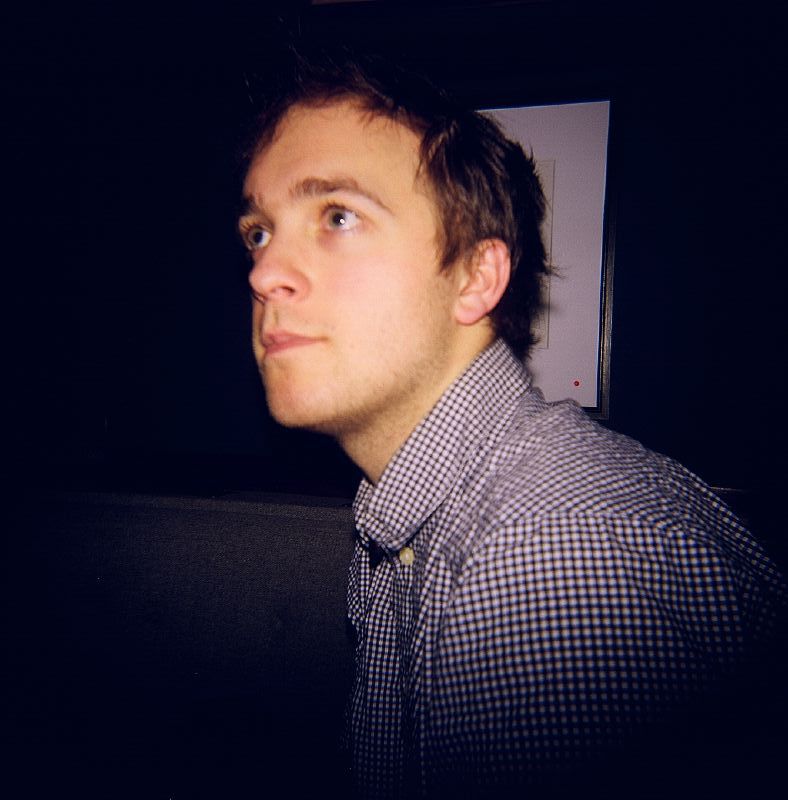I've been watching this documentary by William H Whyte called The Social Life of Small Urban Spaces. There was a book too.
I'm revelling in seeing New York in the late 70s. Not the New York of that time seen in films by Scorsese, for instance, or Cassavetes, but the quotidian city, the metropolis of the everyday. In the first ten minutes alone, there are tens of wonderful little moments: the child in the playground hacking up a crate on his own, the lovers dotted around the Seagrams plaza, the business-men saying goodbye to each other. Each of these little urban vignettes are so wonderfully alive!
It reminded me of something John Coyle said about "phantom rides", films made in the very first years of the twentieth century by placing cameras on the front of trams or on carts and just moving through the city. For the audiences at the time, it made them think of the space of the city in new ways, they'd never seen their daily routes depicted in this separate way: they'd never seen them through someone else's eyes before. John said that watching them now, one hundred years later, you are captivated by these people, these ordinary people. They are doing the same things (roughly) that we do; going about their business, going to lunch, to work, to school; their gestures are the same, they wave, they smile; you feel a real connection to them somehow. And then you remember that they're all dead, and it's the most beautiful thing in the world.
For the Modern Everyday course that I'm taking this spring, a key text is Michel de Certeau's The Practice of Everyday Life. That book is famous for de Certeau's conception of tactics and strategies in the urban environment. Simply put, a strategy is the means by which institutional power (government, business, planning departments, transport systems) control an environment. By constructing obstacles to movement, they funnel human activity into certain routes. Or at least they attempt to. Tactics are used by individuals to re-humanise these spaces, to create mini acts of resistance to the dominance of what in the end is capital; each new route is one of these acts. Think of those parts of grass that have become mud because they have been trodden down by so many people taking shortcuts over them. Those patches of mud are tactics made manifest.
In the film (in part 2), Whyte talks about the relationship between planning and use. But what is the characteristic of the relationship between the plan, the intended use, and its actual use? Who controls what? Whyte is making suggestions for planners based on making the places more friendly to pedestrians. But is that what the businesses that own these plazas want? Are the activities that this film records in fact instances of individuals using tactics to fight the strategies of business and capital?
Are planners planning for people to sit, or are the people sitting breaking the intentions of the plans, are they rebellious? Whyte recommends that places should have "sittable space" but then shows us how "management" obstruct potential seating spots by putting stones, ruts, ledges, spikes, plants or slants in the way. Later on, in part 3, Whyte shows us the (infamous, for students of postmodernity) Bonaventure Hotel in Los Angeles, and the wall it turns to the street. "Have you ever seen a more brutal rejection of the street?" he says, showing us a plain white-brick wall at an impossibly inhuman scale, rising hundreds of feet up from the street.
The tensions brought out by de Certeau's championing of little acts of resistance and Frederic Jameson's description of the Bonaventure as "postmodern hyperspace" are the same ones developing in my, Ben and Tom's talk in the Modern Everyday class: the potential for radical resistance to capital and the form that would take. Is de Certeau to individualistic? His tactics can be used by anyone but there's no sense of collective action. Does the legacy of postmodernity (I don't think we're postmodern anymore) mean that capital can assimilate these little tactics and that collective action is the only challenge to it?

No comments:
Post a Comment